
Investment Blog Success Stories [2025]
Looking to share your financial insights and make a mark in the investment world? Consider starting an investment blog.
An investment blog is a platform where you can provide readers with insights, tips, and strategies about investing. From stock market analysis to advice on personal finance management, your expertise can help others grow their wealth.
This business idea allows you to monetize your passion for finance through various means such as affiliate partnerships, sponsored posts, and even premium content subscriptions. By consistently producing valuable content, you can build a loyal audience interested in your investing acumen.
If you’re knowledgeable in finance and enjoy writing, an investment blog could be an engaging way to turn your skills into a profitable venture. With dedication and strategic planning, you can carve out a niche and become a trusted voice in the investing community.
In this list, you'll find real-world investment blog success stories and very profitable examples of starting a investment blog that makes money.
1. Midas.Invesments ($12M/year)
Iakov Levin, the founder of Midas.Investments, came up with the idea for his business after witnessing the demand for passive income opportunities in the cryptocurrency market. As someone who wanted to democratize the money-making process and help others build a different life, Levin developed a platform that offers structured passive-income products, bridging the gap between common users and new financial technologies. Since its launch in 2018, Midas has grown exponentially, reaching $200 million in assets under management, and continues to innovate in the DeFi space.
How much money it makes: $12M/year
How much did it cost to start: $1M
How many people on the team: 69
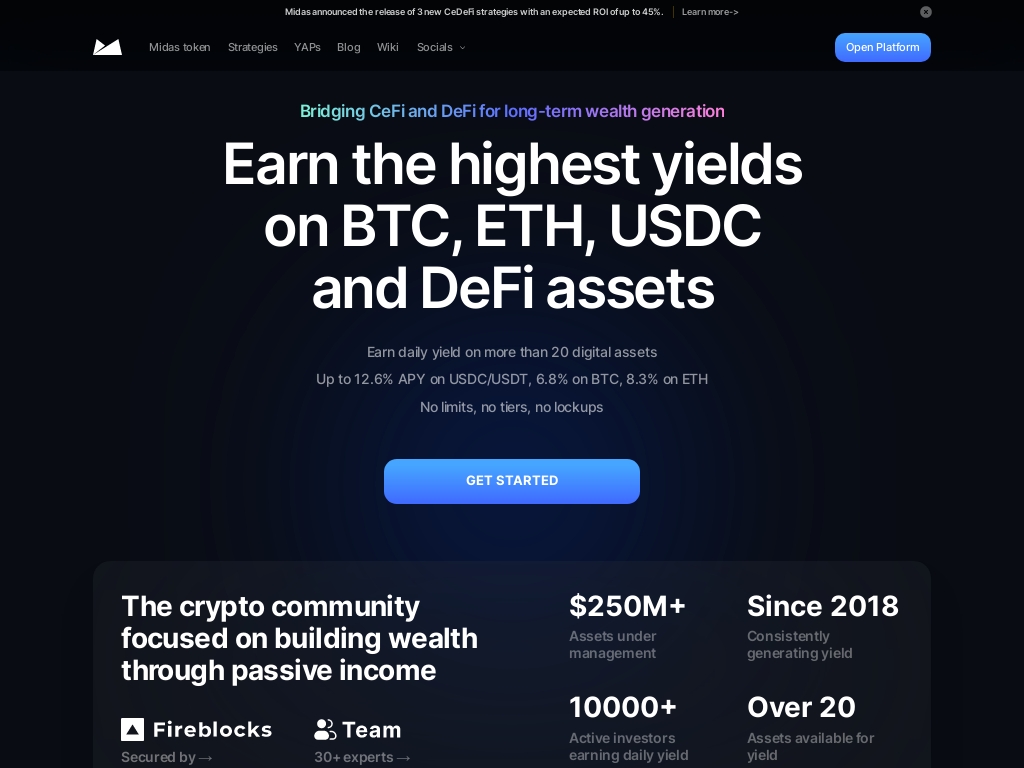

Midas.Investments provides a digital asset investment platform, offering structured passive-income products for users seeking to build a long-term source of income in cryptocurrency while minimizing time and risk capital.




2. Real Life Trading ($1.92M/year)
Jerremy Alexander Newsome came up with the idea for Real Life Trading after finding the stock market education he received in college to be lacking. He wanted to create a fun and positive environment where people could learn about the stock market through real-life lessons. By offering 99% of his education for free and providing premium services through live events and coaching, Real Life Trading has generated over $4 million in revenue and expanded to different countries. They also donate hundreds of thousands of dollars to charitable causes each year.
How much money it makes: $1.92M/year
How much did it cost to start: $4K
How many people on the team: 19
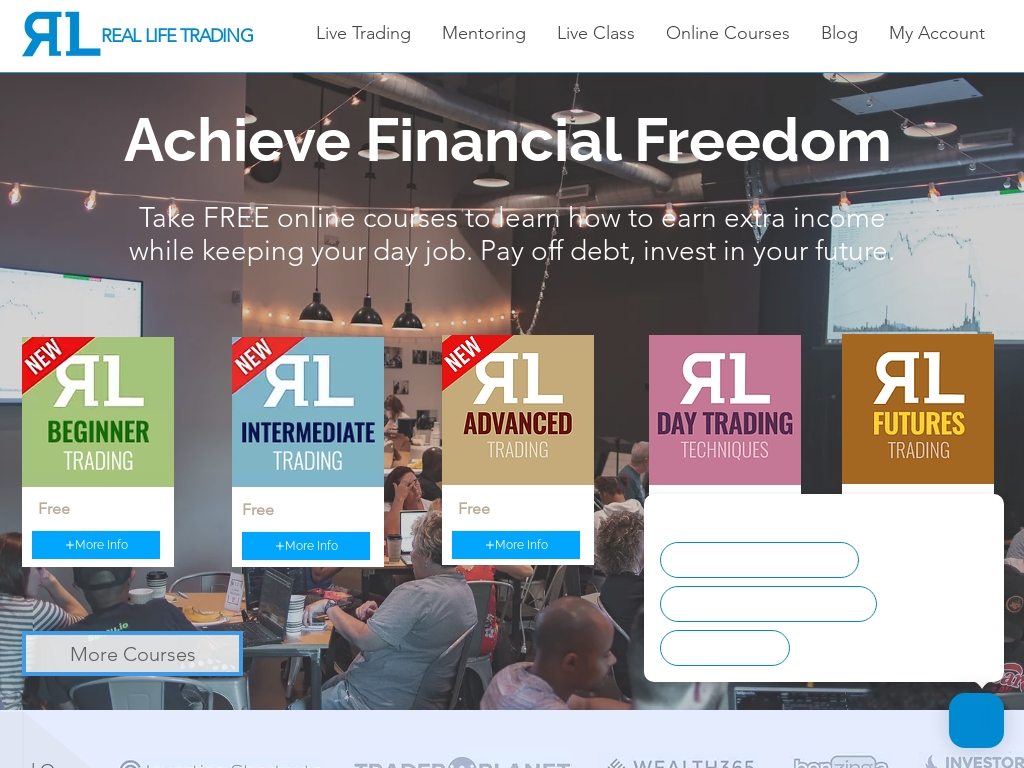

Real Life Trading is a global stock market mentorship business generating over 4 million in revenue, with a mission to enrich lives; the "freemium" model allows for 99% of education to be totally free, attracting global customers, and with a goal of using their success to donate hundreds of thousands of dollars a year to fantastic charitable causes.




3. Astute Actions Inc ($360K/year)
David Ning accidentally stumbled upon the idea for his personal finance website, MoneyNing.com, when his personal blog started attracting advertisers. He decided to focus on money management because of his passion for the subject, and the site quickly grew to receive 200,000 monthly visitors. Through networking and genuine content, David was able to build a successful business with minimal startup costs and ongoing profitability.
How much money it makes: $360K/year
How much did it cost to start: $10
How many people on the team: 1
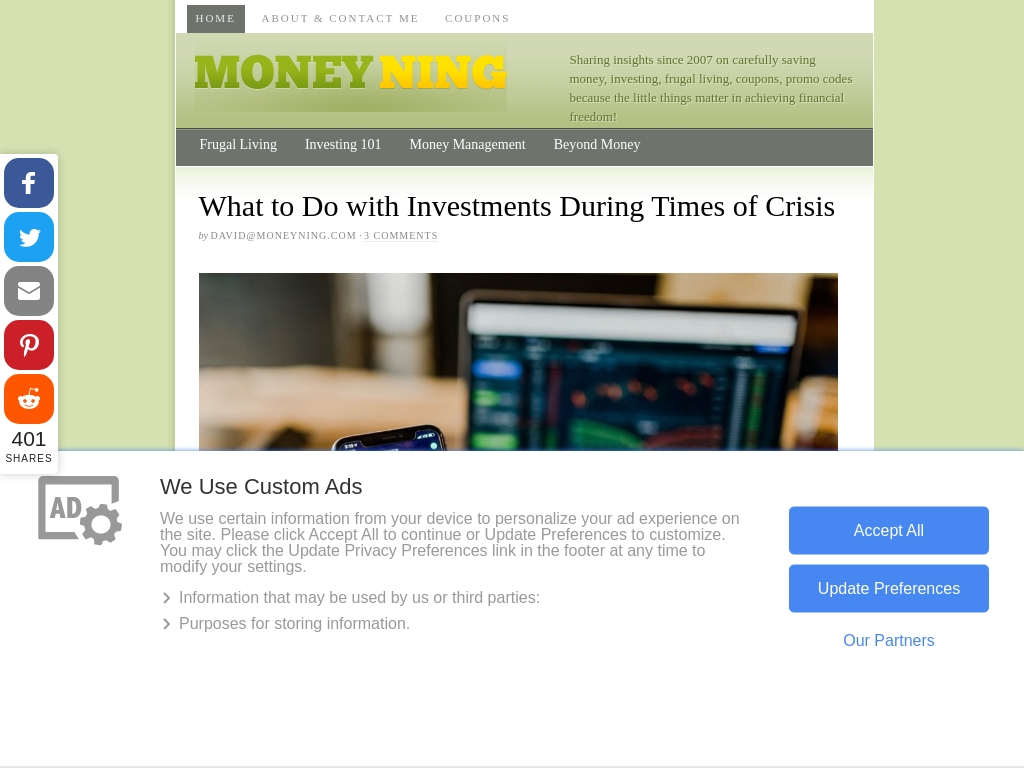

MoneyNing.com, a personal finance website that receives 200,000 monthly visitors, discusses how the founder's accidental and passionate interest in tackling personal finance has led to its profitability through advertising, affiliate marketing, and email campaigns alongside insights on building long-form content and networking with the community.




4. Let’s Buy an Island ($300K/year)
Marshall Mayer, Gareth Johnson, and Jodie Joyce came up with the idea for Let's Buy an Island after a few drinks and a conversation about owning a private island. They reached out to friends and family, created a website, and convinced over 140 people to invest in their dream. They were able to buy an island in Belize and are now in the process of developing it into a boutique resort.
How much money it makes: $300K/year
How much did it cost to start: $500K
How many people on the team: 7
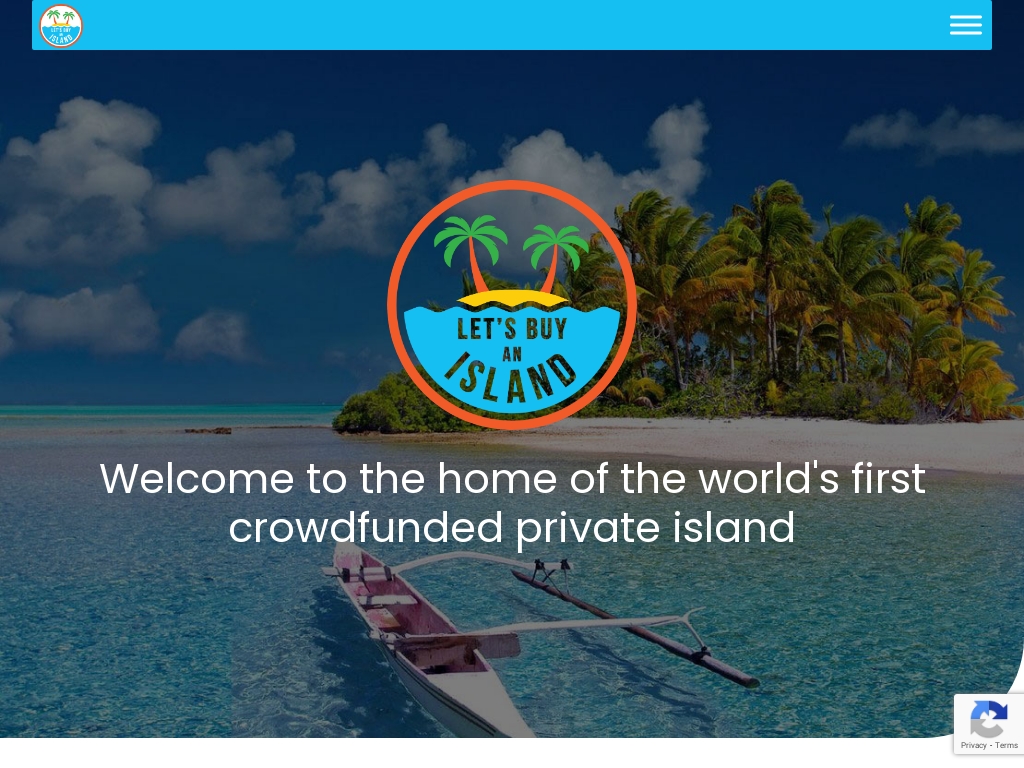

A group of founding partners have crowdfunded enough money to purchase a private island in Belize, which will soon develop into a boutique resort and is expected to open in 2023, following a successful launch through social media and press releases.




5. Net Net Hunter ($144K/year)
Evan Bleker, an investor and entrepreneur, started Net Net Hunter after struggling to find enough net-nets to fill his personal portfolio. He created a membership community focused on a niche value investment strategy, offering a list of roughly 1000 international net-nets and a community forum for sharing ideas. The business has become a stable cash cow and Evan is now working on another web startup.
How much money it makes: $144K/year
How much did it cost to start: $1K
How many people on the team: 5
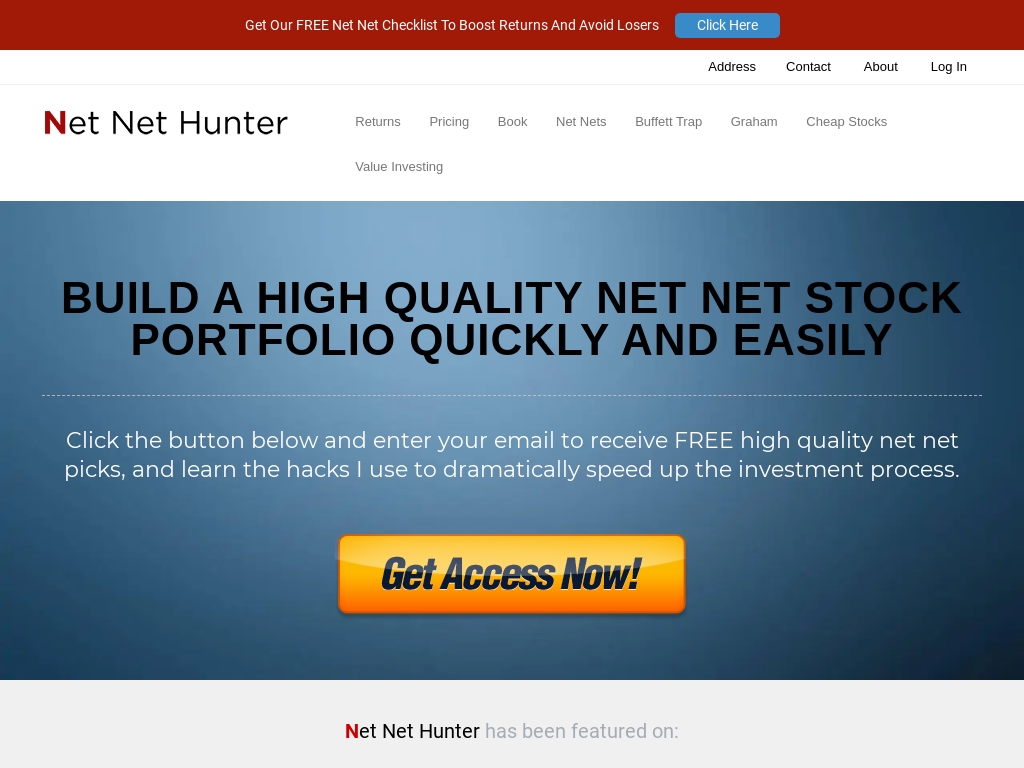

This case study is about a successful entrepreneur who created Net Net Hunter, a membership community focused on a niche investment strategy that now earns $12k per month by providing a list of roughly 1000 international net-nets and filter through them by hand to identify the top 40 or 50 to focus research efforts on, and has since moved on to creating a new start-up project.





Download the report and join our email newsletter packed with business ideas and money-making opportunities, backed by real-life case studies.

Download the report and join our email newsletter packed with business ideas and money-making opportunities, backed by real-life case studies.

Download the report and join our email newsletter packed with business ideas and money-making opportunities, backed by real-life case studies.

Download the report and join our email newsletter packed with business ideas and money-making opportunities, backed by real-life case studies.

Download the report and join our email newsletter packed with business ideas and money-making opportunities, backed by real-life case studies.

Download the report and join our email newsletter packed with business ideas and money-making opportunities, backed by real-life case studies.

Download the report and join our email newsletter packed with business ideas and money-making opportunities, backed by real-life case studies.

Download the report and join our email newsletter packed with business ideas and money-making opportunities, backed by real-life case studies.











